Inside The New York Botanical Garden
Archive: September 2011
Posted in Photography on September 20 2011, by Ann Rafalko
Carpinus turczaninovii. Approximately 20-40 years old, and 18 years in training in the Yos ue Style (forest). This beautiful bonsai is exhibited by Jerome Rocherolle.
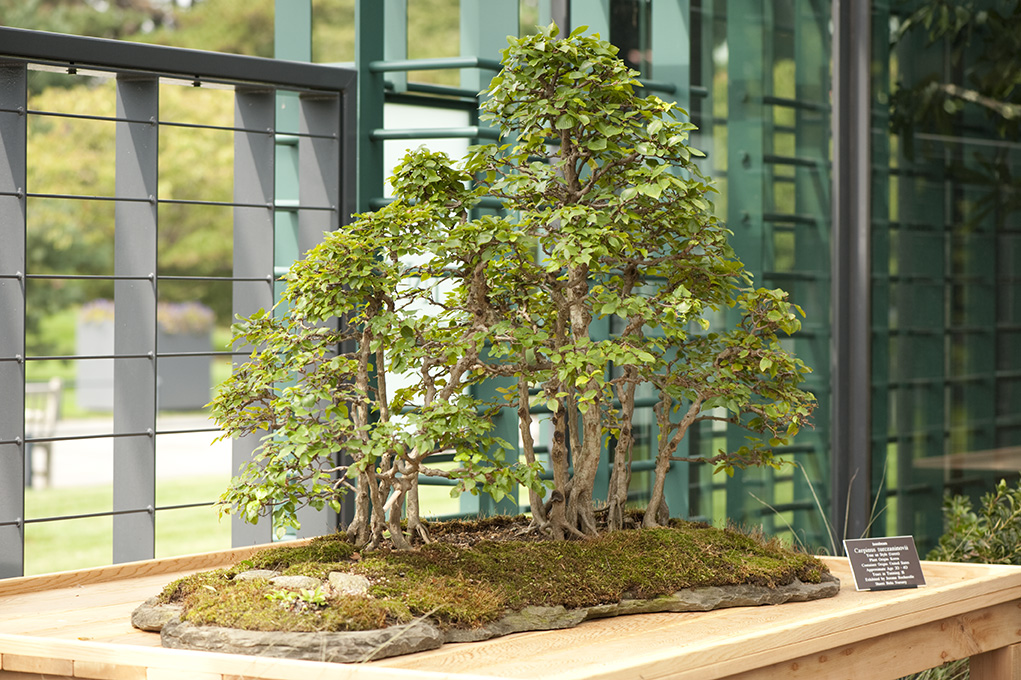
Hornbeam bonsai Carpinus turczaninovii (photo by Ivo M. Vermeulen)
Head below to learn more about how to see this beautiful bonsai.
Posted in Mario Batali's Edible Garden on September 19 2011, by Ann Rafalko
From August 27 – September 25, families can explore Mario Batali’s Edible Garden in the Ruth Rea Howell Family Garden and enjoy daily gardening activities and cooking demonstrations showcasing kid-friendly recipes with the chance to sample and search for ingredients in the garden. We are posting the recipes from Mario Batali’s Edible Garden here on the NYBG blog, Plant Talk, so check back often.
Fresh Fava Beans with Lonza and Pecorino Romano
Zach Allen, Executive Chef, B&B Ristorante
2 pounds fresh fava beans, shelled
A handful of fava leaves (optional)
1/4 cup lemon juice
Pinch of lemon zest
1/2 cup extra virgin olive oil
3 ounces pecorino romano, shaved
Sea salt and freshly ground black pepper, to taste
18 slices Lonza (cured pork loin)
Blanch the fava beans: cook in boiling water, shock in ice water and drain thoroughly.
Make a quick vinaigrette by combining the lemon juice, zest and olive oil. Season with salt and pepper, to taste.
Toss the blanched fava beans and leaves with the vinaigrette. Layer the salad with slices of Lonza and top with shaved pecorino cheese. Finish with freshly ground black pepper and serve.
Posted in Photography on September 19 2011, by Ann Rafalko
Welcome to this tranquil, beautiful new exhibition in the historic Enid A. Haupt Conservatory!
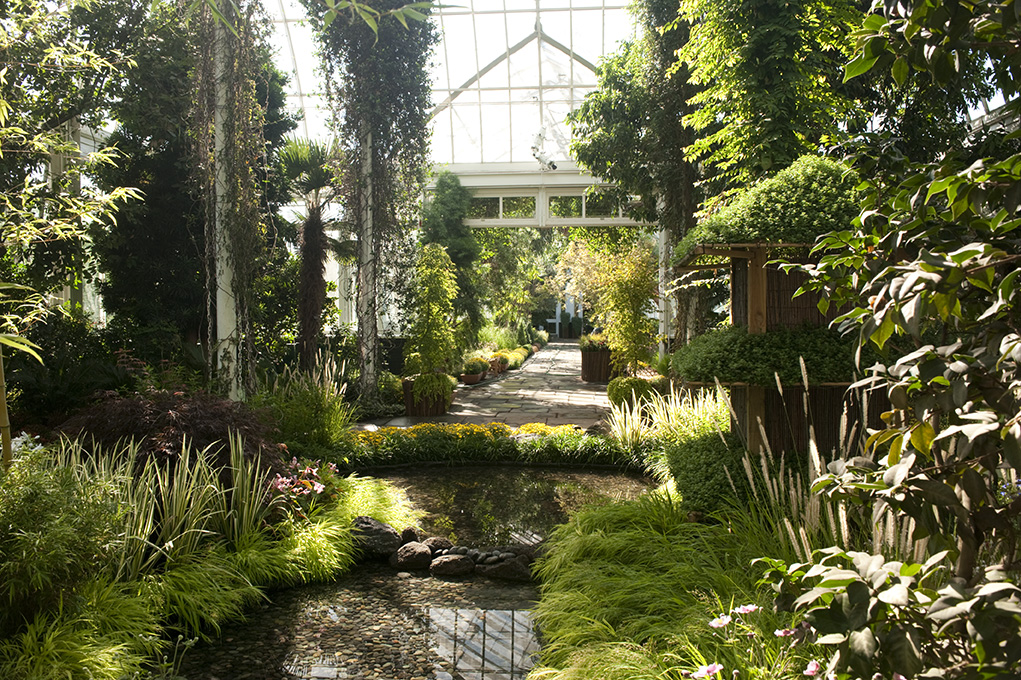
Photo by Ivo M. Vermeulen
Posted in Photography on September 17 2011, by Ann Rafalko
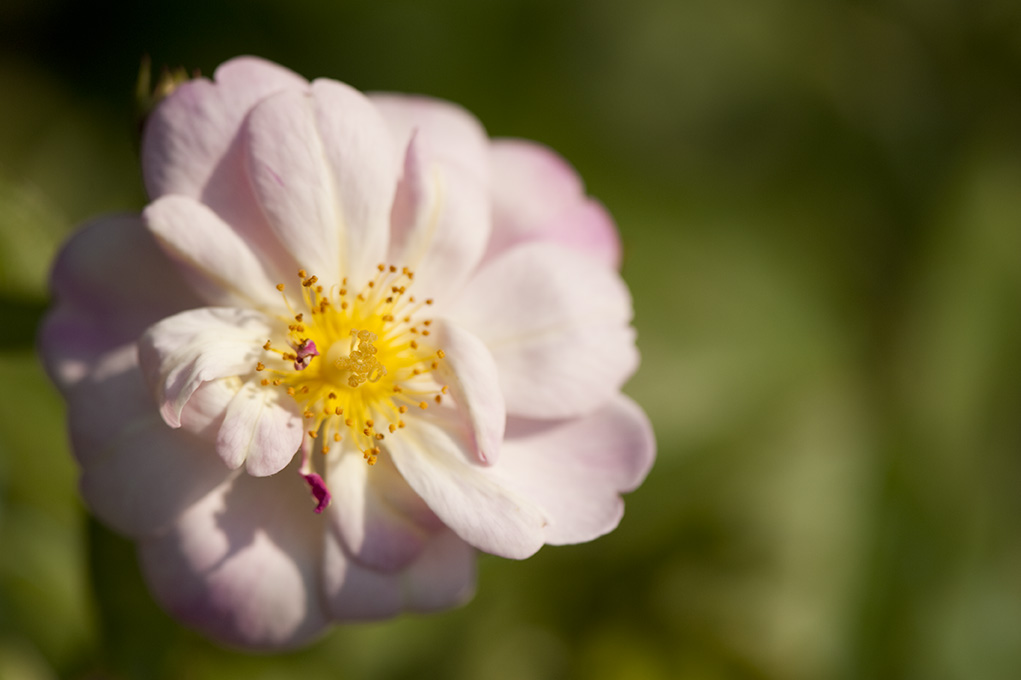
Rosa ‘Queen of the Musks’
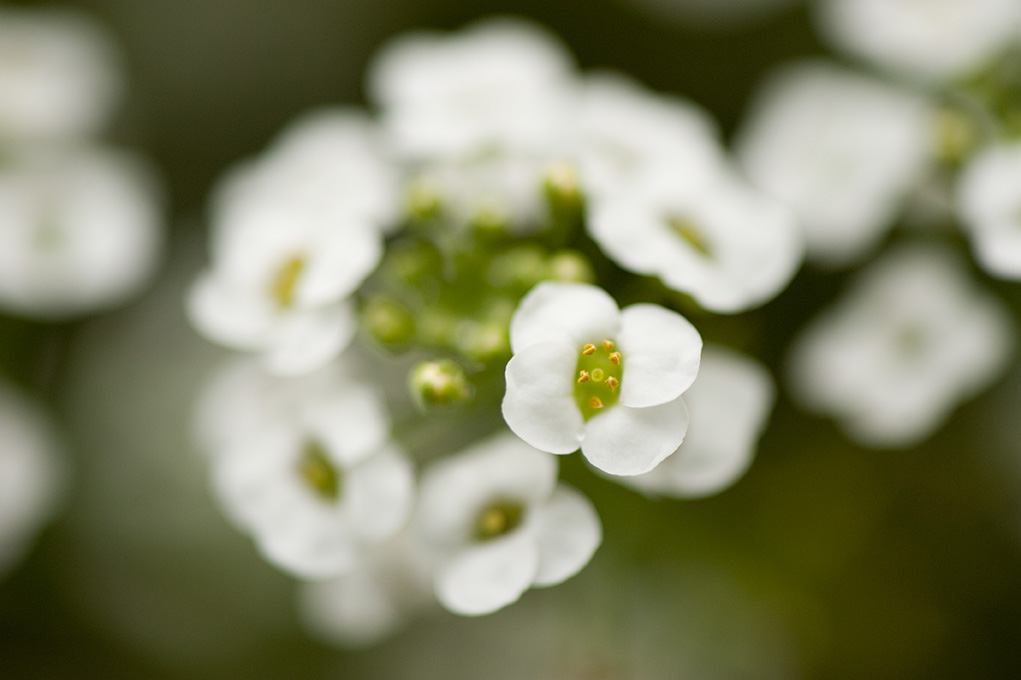
Lobularia ‘Snow Princess’
Photos by Ivo M. Vermeulen
Posted in Behind the Scenes, Exhibitions on September 16 2011, by Ann Rafalko
Today is the Member’s Preview Day of our latest exhibition, Fall Flowers of Japan. And while entrance to the exhibition today is Members-only, we figured we would offer a different kind of sneak peek to our friends in cyberspace. As part of Fall Flowers of Japan, world-renowned ikebana master Tetsunori Kawana has created a gorgeous installation–TANJOU, which means rebirth–in the pool of the Enid A. Haupt Conservatory’s Palm Dome. TANJOU is created of materials gathered from Garden grounds in the aftermath of Tropical Storms Irene and Lee.
Head below to see a slideshow of the creation and installation of TANJOU.
Posted in Behind the Scenes, Science on September 16 2011, by Sandy Wolkenberg
Ed. note: Sandy Wolkenberg is a Citizen Scientist who has been working in the Thain Family Forest for three and a half years. Over the course of a week on Plant Talk, Sandy will share a five-part series of posts on The New York Botanical Garden’s Citizen Scientist Tree Phenology Program. If Sandy’s experiences motivate you to want to know more about becoming a Citizen Scientist, check out the Garden’s Volunteer Program page.
The tree is more than first a seed, then a stem, then a living trunk, and then dead timber.
The tree is a slow, enduring force straining to win the sky.
~ Antoine de Saint-Exupéry, The Wisdom of the Sands, (translated from French by Stuart Gilbe.)
Following a major wind storm in the spring of 2010, the volunteers that make up the Citizen Scientist Tree Phenology program walked the trails of the Thain Family Forest scrutinizing each tree. We were mystified by the fact that Tuliptree #93, a giant tulip poplar, appeared to have vanished. We walked back and forth searching for the tree, and then searched again. Where could it be? We noticed a huge root ball attached to a large upended tree that had fallen back into the Forest. We speculated that this fallen giant must be Tuliptree #93. Our suspicion was confirmed during a walk with Jessica Arcate Schuler, Manager of the Thain Family Forest, when she found tag #93 on the reclining giant. Alas, our first–but not our last–loss.
The circle of life comes full-circle in the Forest.
Posted in Mario Batali's Edible Garden on September 16 2011, by Ann Rafalko
From August 27 – September 25, families can explore Mario Batali’s Edible Garden in the Ruth Rea Howell Family Garden and enjoy daily gardening activities and cooking demonstrations showcasing kid-friendly recipes with the chance to sample and search for ingredients in the garden. We are posting the recipes from Mario Batali’s Edible Garden here on the NYBG blog, Plant Talk, so check back often.
Spaghetti with Escarole, Guanciale, and White Beans
Matt Molina, Executive Chef, Osteria Mozza
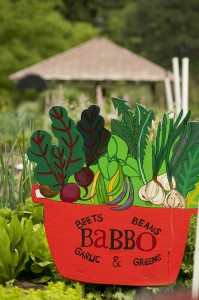 4 tablespoons extra virgin olive oil
4 tablespoons extra virgin olive oil
8 ounces guanciale or pancetta, cut into 1/4-inch thick, 2 inch long batons
6 cloves garlic, thinly sliced
1 teaspoon red pepper flakes
1 cup cooked, drained, white beans
2 heads escarole, cut into 2-inch pieces, washed, and spun dry
1 pound spaghetti
2 tablespoons pecorino romano, grated, plus a wedge for grating
2 tablespoons Parmigiano Reggiano, grated
4 tablespoons toasted breadcrumbs
Bring 6 quarts of water to a boil in a large pot, and add 6 tablespoons salt.
Meanwhile, in a 14-inch sauté pan, heat the guanciale over low heat. Cook slowly until the fat has been rendered and the meat is golden brown, about 5 minutes. Add garlic and red pepper flakes and cook gently until garlic is golden brown, about 1 minute. Turn off the heat, add the white beans and a half cup of the boiling water.
When the water comes to a boil, add the escarole and cook for 1 minute. Using a slotted spoon, remove the wilted escarole from the water and add to the pan with guanciale.
When the water is boiling, add the spaghetti and cook until just al dente.
About 1 minute before the pasta is done, place the sauce over high heat. Immediately add pasta to the pan with the sauce, reserving 1 cup of the pasta water. Cook the pasta with the sauce for 2 minutes, stirring with a rubber spatula or tongs to coat the pasta, adding some of the reserved pasta water if the pasta so that the pasta is slippery and glistening. Remove from heat and stir in the grated Parmigiano Reggiano and pecorino romano. Add the olive oil, stirring and shaking the pan to emulsify the sauce.
Use tongs to lift the spaghetti out of the pan and onto the center of each four plates, dividing the pasta evenly, and twirling it as it falls onto the plate to form a tight mound. Spoon any sauce left in the pan over the pasta and use a microplane or fine grater to grate a light layer of pecorino romano over each plate. Sprinkle a tablespoon of toasted breadcrumbs over each plate and serve.
Posted in Photography on September 16 2011, by Ann Rafalko
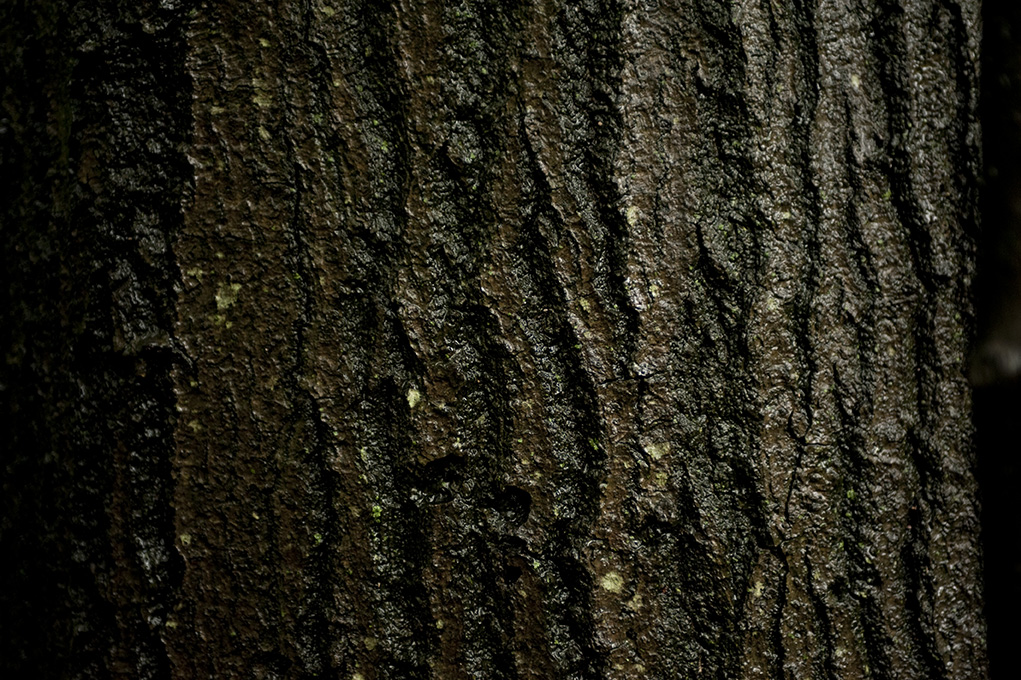

Photos by Ivo M. Vermeulen
Posted in Behind the Scenes, Science on September 15 2011, by Sandy Wolkenberg
Ed. note: Sandy Wolkenberg is a Citizen Scientist who has been working in the Thain Family Forest for three and a half years. Over the course of a week on Plant Talk, Sandy will share a five-part series of posts on The New York Botanical Garden’s Citizen Scientist Tree Phenology Program. If Sandy’s experiences motivate you to want to know more about becoming a Citizen Scientist, check out the Garden’s Volunteer Program page.
In the fall of 2008, at the beginning of the Citizen Science Tree Phenology program, the Volunteer Office encouraged those of us participating to find partners to work with. Because of my variable schedule at the Garden, I ended up walking the Spicebush Trail in the Thain Family Forest by myself. These walks often occurred in the early morning when intense sun glare or mist made identification of phenological phases difficult. In retrospect, although I treasured those quiet phenology walks, I had so little history with the program and so very many questions about what I was seeing, or hoped I was seeing, or imagined that I was seeing, that the prospect of walking with other volunteers was compelling. So it was a fortunate time when, in the spring of 2008, phenologists received the following email from Volunteer Services:
The Citizen Scientists band together below.
Posted in Photography on September 15 2011, by Ann Rafalko
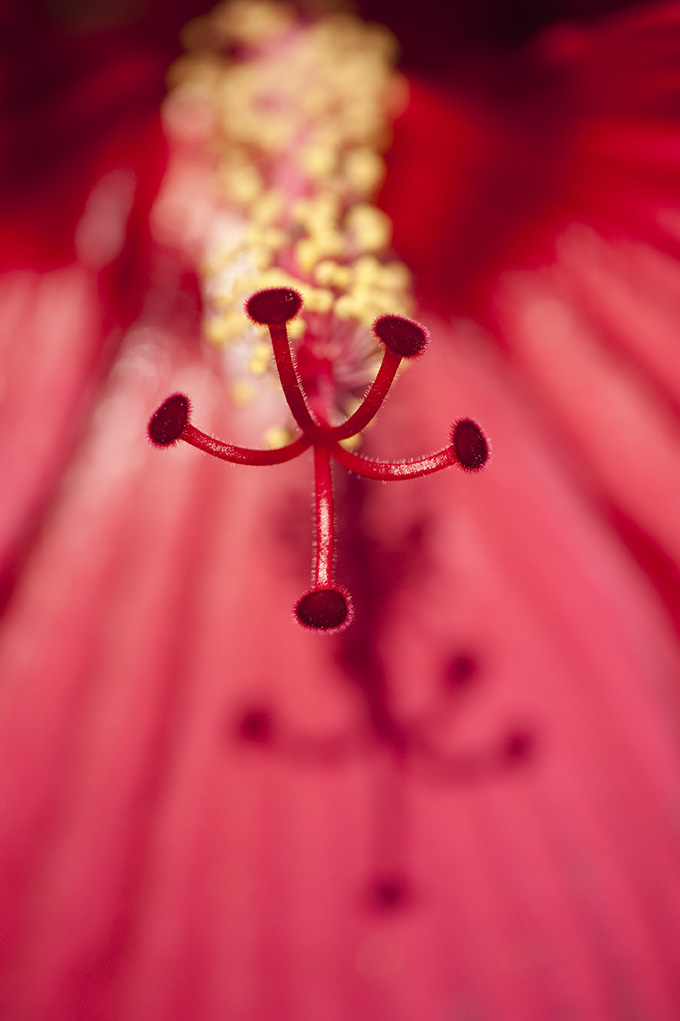
Hibiscus ‘Fireball’
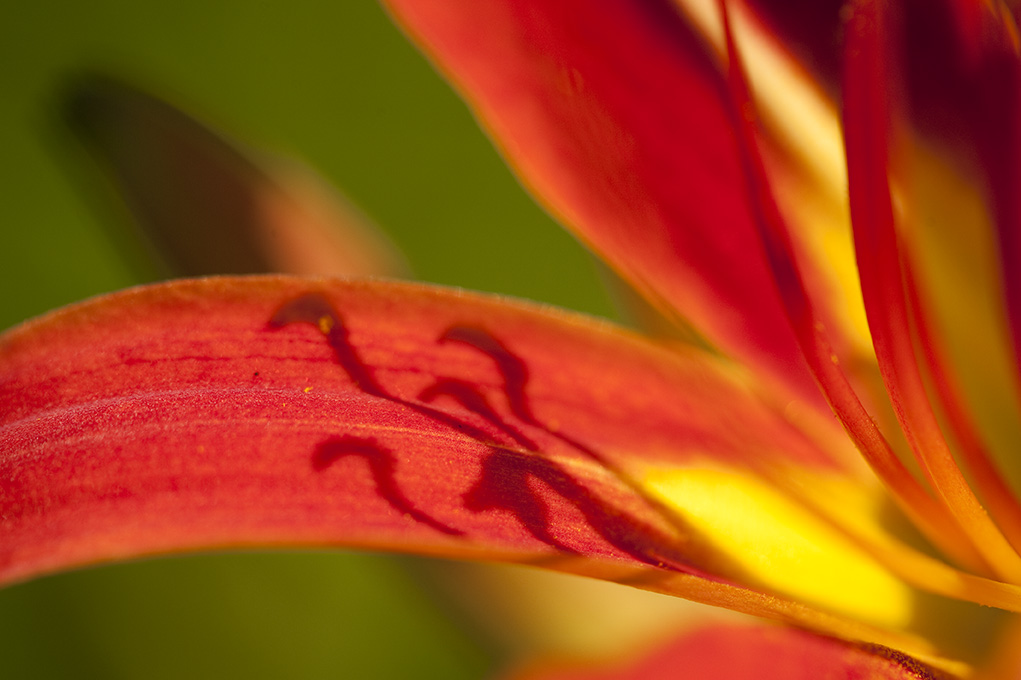
Hemerocallis ‘Bess Ross’
Photos by Ivo M. Vermeulen









